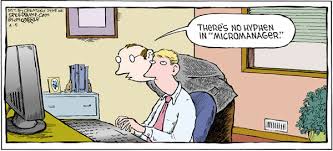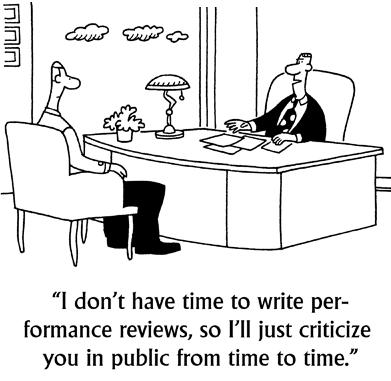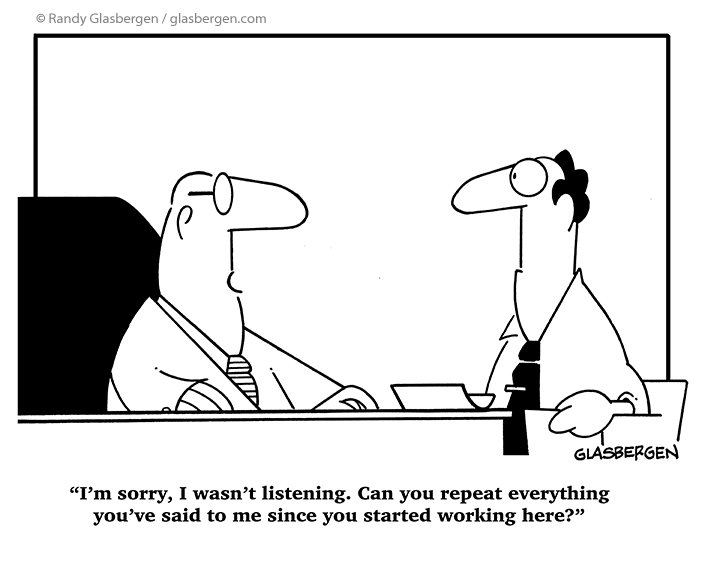7 Steps for Returning to Your Office After COVID-19
After months of getting accustomed to remote working, many companies are now beginning to consider how they will return to the office, while still keeping their workforce safe and healthy. We outlined 7 basic steps to take that can help you develop a plan for a post-COVID-19 workplace.

1. Create a Team
Getting started on a plan of attack? To understand the needs of your employees, you should enlist the help of those who know them best! Start a team that includes leadership, as well as employees from your human resources, technology, legal, and operations departments. Include employees from other departments as well. They can offer fresh insight into the general concerns and needs of employees planning to return to the office. This team will be instrumental in developing the guidelines and policies you put in place for your office’s return—but more on that in step 3!
2. Ensure a Safe and Clean Office to Return To
As we all know, hygiene is a top priority as we consider how to return to the office. Make sure there are no concerns about your office’s initial cleanliness. Bring in a professional team of cleaners who know the best way to rid your office of the germs left there and armed with the right tools to do so. If you have cleaners regularly come to your workplace, it might be prudent to increase the cadence of their cleaning, as well as which areas they’re focusing on. For example, regularly disinfect individual employees’ desks, as well as common areas employees congregate in for lunch, breaks, or meetings. To learn more about properly cleaning and disinfecting your workplace, check out these recommendations by the CDC.
3. Develop and Enforce Strict Hygiene Standards
So, your office is sparkling clean, and you’ve got a team brainstorming methods for helping employees return to the office. It’’s time to start thinking about what rules you want to create and enforce. This may vary from workplace to workplace. However, guidelines like washing hands properly, using hand sanitizer, taking employees’ temperatures daily and logging them, creating a flow for moving throughout the office, and adding distance between employees’ workstations are great places to start. Communicate with managers that they should practice these guidelines well, to act as an example for others. Be sure to communicate the rules your team creates often and in multiple places. A slack channel, intranet forum, or the like dedicated to returning to the office, signage on the walls of common areas and employee restrooms, and a company-wide email that compiles all of the new practices are the perfect way to kick off communications.
4. Update Your Handbook and Other Documented Policies
After your team finalizes and implements the rules adhering to your office’s new hygiene standards, be sure you document it properly by updating your handbook, as well as any other documentation where important policies are kept. This way, both HR and employees have a point of reference for the new guidelines. This makes it easier to uphold and follow them. When updating these, consider a response plan for employees who suspect they have or have come into contact with someone who has had COVID-19, as well as the possibility of changing your sick leave and your remote working policy, either temporarily or permanently, to account for those employees. Once you update, communicate it with employees and encourage them to read through the new policies carefully!
5. Seek Out Ways to Keep Up Employee Morale and Company Culture
Amidst all of your planning and preparations for returning to your office, it’s important you keep in mind employee morale and your company’s culture, two things that are vital to a satisfied workforce. You may not be able to carry on with your normal team outings or weekly happy hours. However, there are still ways to incorporate employee morale and culture into your return! For example, offer a service (or a discount for one!) that provides employees who struggled during quarantine mental health support. Encourage employees to stay social with their coworkers, albeit from a small distance. Continue to host virtual hangouts or happy hours if you were doing so during quarantine. Additionally, offering recognition for employees’ hard work is a known way to improve morale, and monetary recognition can be especially helpful for those employees who were financially impacted by the pandemic.
6. Continue Monitoring and Approving
You know what they say: “Rome wasn’t built in a day.” This holds true for your plans to return to the office as well! Understand that you’ll never be fully finished in refining the guidelines you put into place for your employees as they transition once again, this time from remote working to being back in their workplace. Create a forum or another type of space for employees to offer feedback. They can report on how they feel the return has gone so far and ideas for improvement and enhancement. Your employees are the ones most impacted by the rules you and your team have created, so it’s crucial that you listen to their responses and work to incorporate them into your new workplace practices.
7. Be Flexible!
This last step is less of a step and more of an attitude that you should always display throughout the course of the return to your workplace. Flexibility will be key in these next few months as you work with employees who may not feel comfortable returning to work this early, who may have conditions that prevent them from doing so, or ones who are excited to return but have responsibilities like childcare or older family members to address. Offer options like flexible hours or help with childcare, transportation, and other hindrances that keep employees from returning to work.
Returning to the workplace will be no easy task! However, by following these simple steps, you’ll ensure you’ve created a safe and healthy workplace to return to for employees.

















